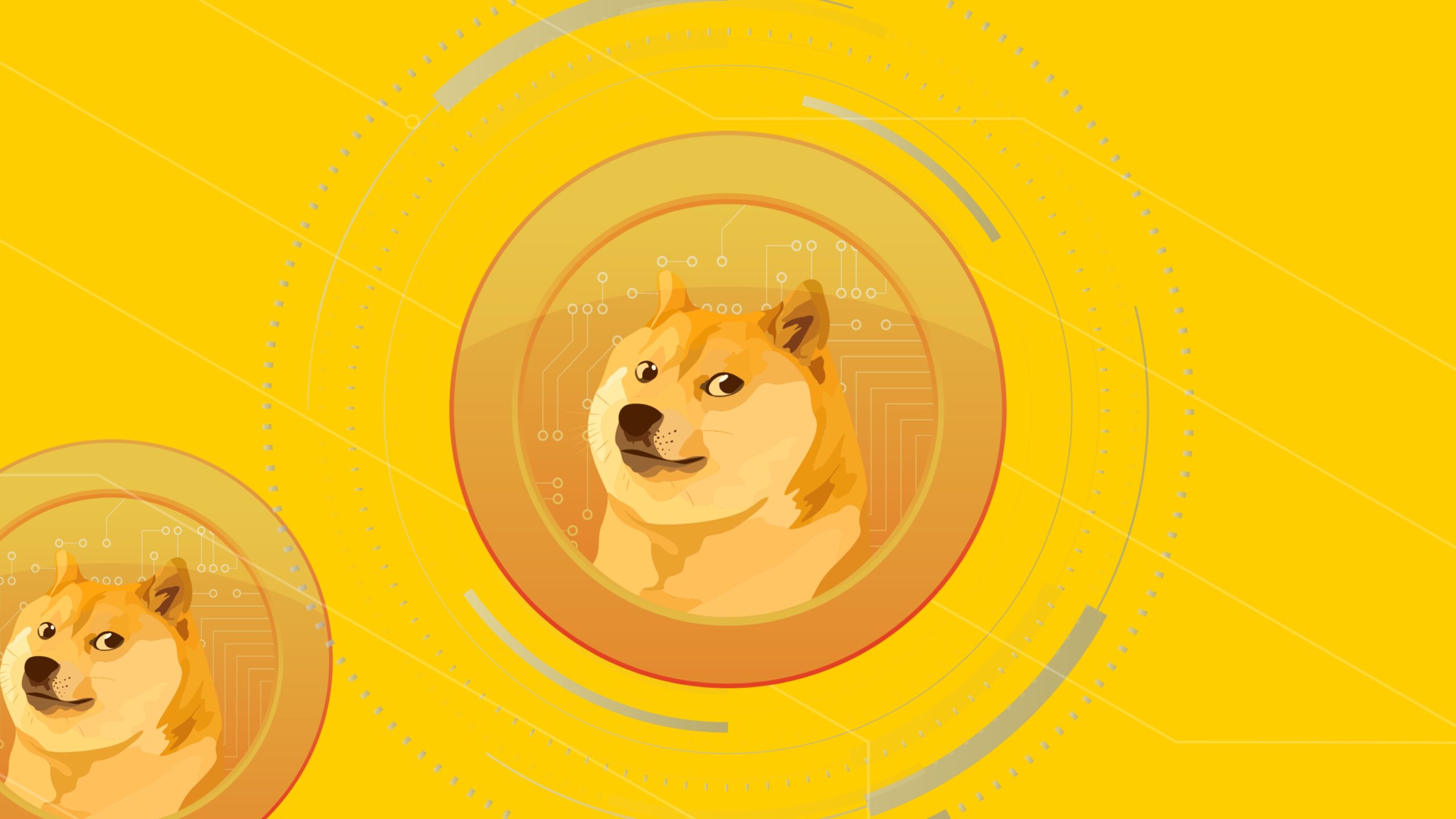Dogecoin (DOGE) is an open-source, peer-to-peer cryptocurrency. It was launched in December 2013 and is popularly known as a meme token.

Dogecoin is a cryptocurrency that was introduced as a “joke,” soon developed its own online community and achieved a market valuation of $60 million in January 2014.
The creators of Dogecoin wanted to create a digital currency that was fun and easy-going and could attract a wider audience than Bitcoin’s core audience. They used a popular meme of a dog to create it.
It is also very significant to note that Elon Musk, the CEO of Tesla, tweeted many times saying that Dogecoin is his favourite cryptocurrency.
Who Created Dogecoin?
Dogecoin was created by Billy Markus and Jackson Palmer. They wanted to create a fun cryptocurrency that will appeal beyond the core Bitcoin audience. Dogecoin was primarily used as a tipping system on Reddit and Twitter where users tip each other for creating or sharing good content.
The developers of Dogecoin haven’t made any major changes to the coin since 2015. This means that Dogecoin could get left behind and that is why Shibas are leaving Dogecoin to join more advanced platforms like Ethereum. One of Dogecoin’s strengths is its relaxed and fun-loving community. However, this is also a weakness because other currencies are way more professional
Relationship With Elon Musk
Elon Musk reiterated his support of the cryptocurrency in July 2022 and owns Dogecoin. He noted that Tesla now accepts Dogecoin as payment. Elon Musk supports the many people who are not wealthy that have encouraged him to buy and support cryptocurrency.
How Dogecoin Works
Dogecoin cryptocurrency runs on blockchain technology, which uses a distributed, secure digital ledger that stores and adds all transactions made on its network, much like how most cryptocurrencies work. The Dogecoin network also uses cryptography to secure all transactions on its blockchain network.
The mining of Dogecoin uses the “proof-of-work” concept, where miners use computers to solve complex mathematical equations to process and record transactions on the blockchain network. Miners are rewarded for their mining operations by earning Dogecoins, which they can sell on crypto exchanges or hold in their wallets.
Dogecoin can be used for making payments and purchases but has not been an effective store of value cryptocurrency. This is due to an infinite number of Dogecoins that can be created, making the cryptocurrency highly inflationary by design.
It is relatively faster and easier for DOGE miners to complete mathematical equations and record transactions. This makes Dogecoin more efficient for processing payments. It takes an average of one minute to process and ratify new blocks on the Dogecoin blockchain compared to an average of 10 minutes for Bitcoin. However, to a certain extent, this differentiation helps Bitcoin retain and grow its value over time by forcing miners to work longer and harder on each block reward.








